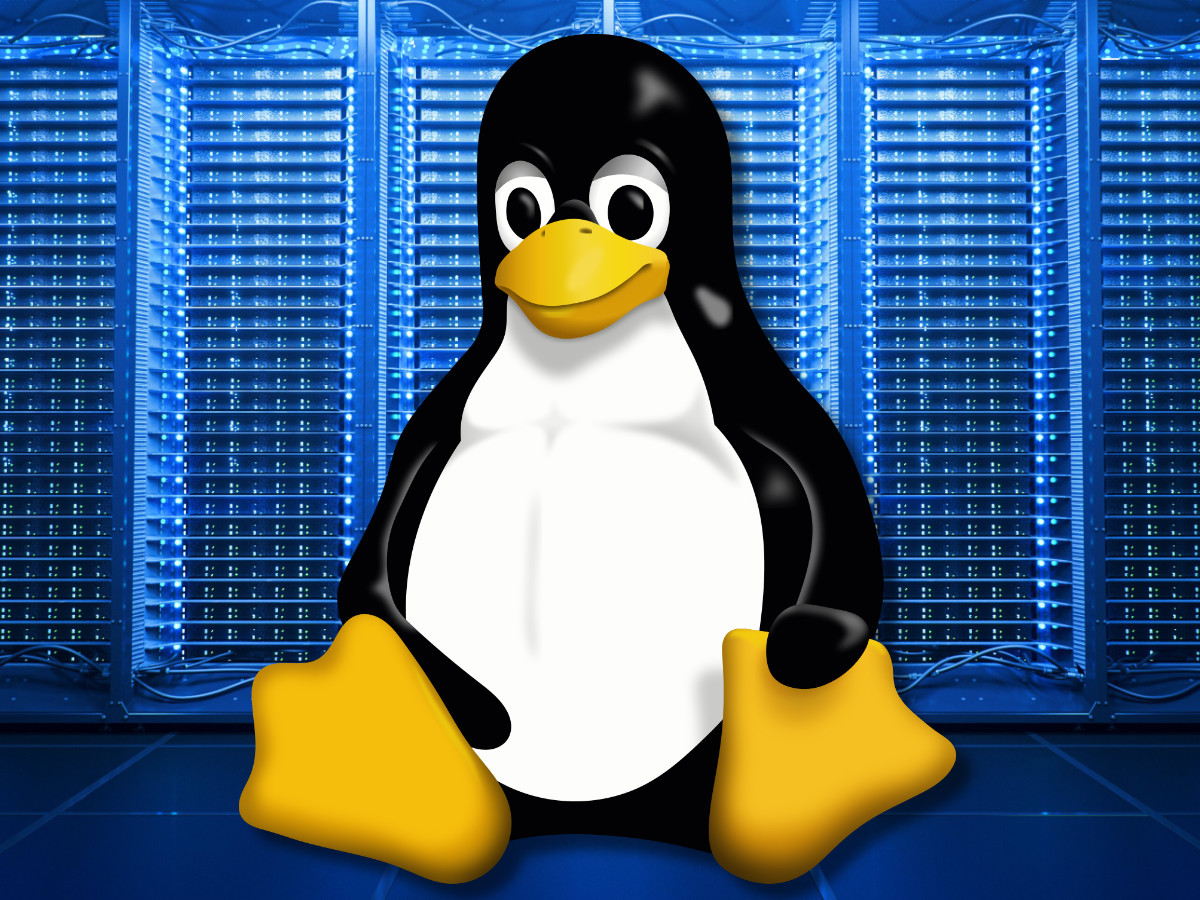A virtual private server (VPS) is a virtual machine (VM) sold as a service by an Internet hosting service, or run on a computer system that you own.
A VPS runs its own copy of an operating system (OS), and customers may have superuser-level access to that operating system instance, so they can install almost any software that runs on that OS.
For many purposes, they are functionally equivalent to a physical server.
VPSs are popular because they offer the flexibility of a dedicated server while at the same time being much more affordable.
Linux is a family of free and open-source software operating systems built around the Linux kernel.
Linux VPSs can be a great choice for a number of reasons.
- First, Linux is free and open-source, so you don’t have to worry about licensing fees.
- Second, Linux is a very stable platform, so you can be confident that your VPS will be up and running when you need it.
- Finally, there are a wide variety of distributions (flavours) of Linux to choose from, so you can find one that suits your needs and preferences.
When it comes to securing your Linux VPS, there are a few things to keep in mind.
Update Regularly
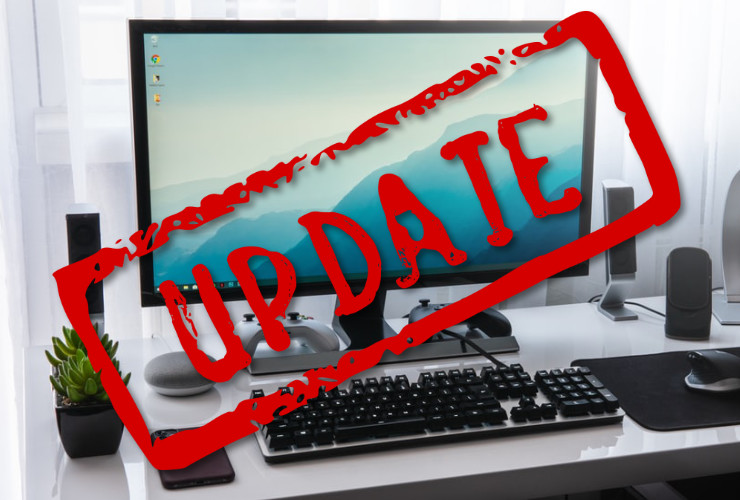
First, make sure to keep your OS and software up to date.
New versions of Linux are released regularly and usually include security fixes.
Keeping your system up to date is the best way to protect yourself from known vulnerabilities.
Most Linux distributions release a new version every few months, and each comes with its own set of security updates and improvements.
As such, it’s important to keep your system up-to-date to enjoy the benefits of the latest software.
Aside from the obvious security improvements that come with each update, there are a few other benefits that make upgrading your Linux OS a good idea.
For one, newer versions of Linux tend to be more stable and come with fewer bugs.
This is especially true for long-term support (LTS) releases, which are supported for several years and tend to be more stable than regular releases.
Updating your Linux OS also gives you access to the latest features and improvements.
This can be anything from a new security feature to a performance optimization.
Lastly, keeping your Linux system up-to-date ensures compatibility with the latest hardware and software.
This is important if you want to use the newest devices and applications.
So, if you’re not running the latest version of your favorite Linux distribution, be sure to upgrade soon.
Your system will thank you for it.
Physical Security
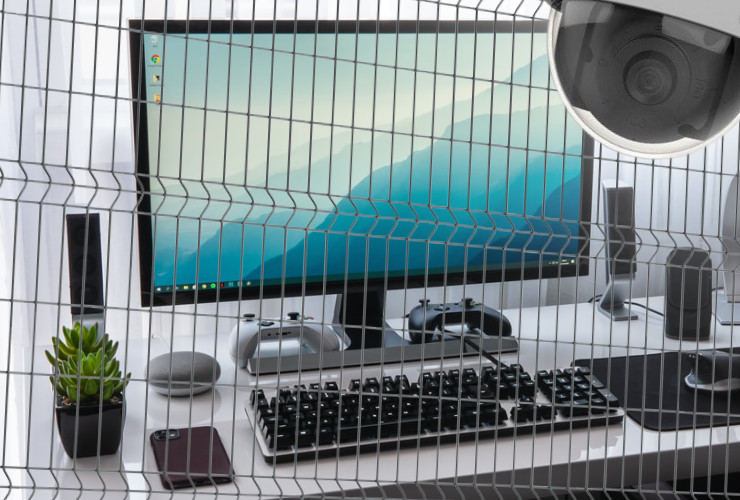
Remember that physical security is just as important as software security.
Your VPS is stored on a server in a data center, so make sure the data center is secure.
Choose a reputable provider that takes security seriously.
A data center’s physical security is vital to the safety of the sensitive information it houses.
To protect against theft, fire, and other threats, a data center must have robust security measures in place.
The first line of defense against intruders is typically a physical barrier, such as a fence or wall.
The perimeter of the data center should be well-lit and monitored by security cameras.
Access to the facility should be controlled by gates, turnstiles, or similar devices, and all visitors should be required to sign in and wear visitor badges.
Inside the data center, security cameras should also be used to monitor activity.
Data center staff should have limited access to areas where sensitive information is stored, and all visitors should be escorted by an authorized staff member.
To prevent data breaches, physical access to data storage devices should be strictly controlled.
In the event of a fire, data center staff should be trained in fire safety procedures and the data center should have a sprinkler or other fire retardent system in place.
To protect against flooding, the data center should be located on high ground and have a backup generator in case of power outages.
By taking these precautions, a data center can help ensure the safety of its valuable contents.
Use Strong Passwords
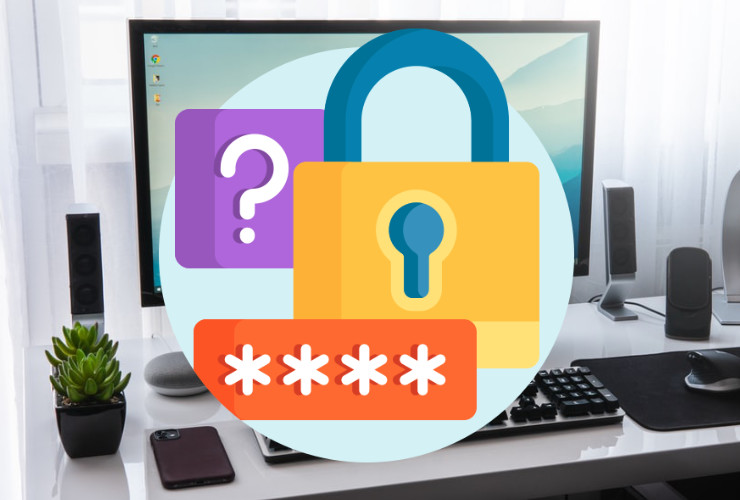
Use strong passwords and don’t reuse them.
Passwords are the first line of defense against attackers, so make sure they are strong and unique.
Use a password manager to generate and store them securely.
When it comes to choosing a password, there are a lot of things to consider.
First, you need to make sure that your password is strong enough to deter hackers.
A good way to do this is to use a mix of upper and lowercase letters, numbers, and symbols.
You should also avoid using easily guessed words like “password” or easily accessible personal information like your birthdate.
Another thing to consider is how easy your password is to remember.
A lot of people choose passwords that are difficult to remember, which can lead to them being written down and stored insecurely.
If you have trouble remembering complex passwords, try using a password manager to generate and store them for you.
Finally, you need to consider how often you will be required to enter your password.
If you have to enter it frequently, you may want to choose a shorter password that is easier to type.
However, if you only need to enter it occasionally, you can afford to choose a longer, more complex password.
No matter what you choose, make sure to keep your password safe and change it regularly to reduce the risk of it being compromised.
Limit Permissions
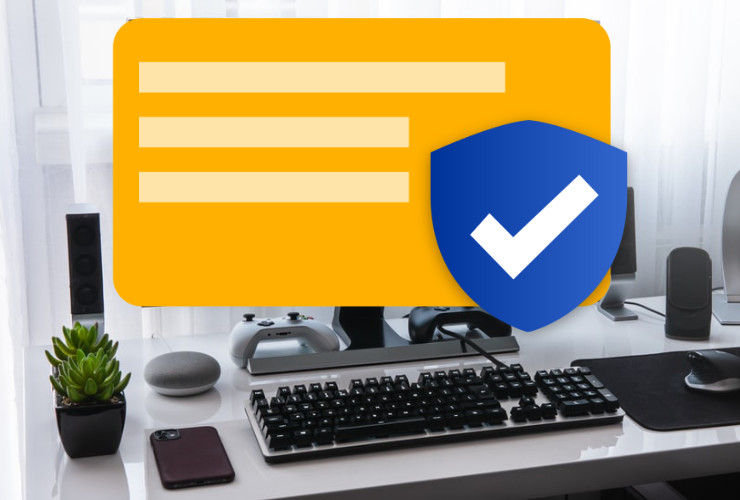
Don’t give more permissions than necessary.
When you create users on your system, make sure to give them only the permissions they need to do their job.
This will minimize the damage an attacker can do if they manage to compromise a user account.
As a Linux user, you may have root access to your own machine.
This means you can do almost anything you want to the system.
However, when it comes to administering a Linux machine for other users, it is important to take a cautious approach and limit what each user can do.
The Linux operating system is very powerful and provides a lot of control to users.
However, this power can be abused if users are not properly restricted.
Allowing users too much freedom can lead to security risks and system instability.
It is important to understand the implications of granting users different levels of access before deciding on a course of action.
In general, it is best to err on the side of caution and give users the least amount of access necessary to perform their tasks.
There are a few different ways to restrict user access on a Linux machine.
One way is to use the built-in user groups feature.
This allows you to assign different users to different groups and then control what each group can do.
Another way to restrict user access is to use Linux permissions.
This is a more fine-grained approach that allows you to control exactly what each user can do.
For example, you can allow a user to read a file but not write to it.
No matter which approach you take, it is important to limit user access on your Linux machine.
This will help to keep your system secure and stable.
Use Two-Factor Authentication
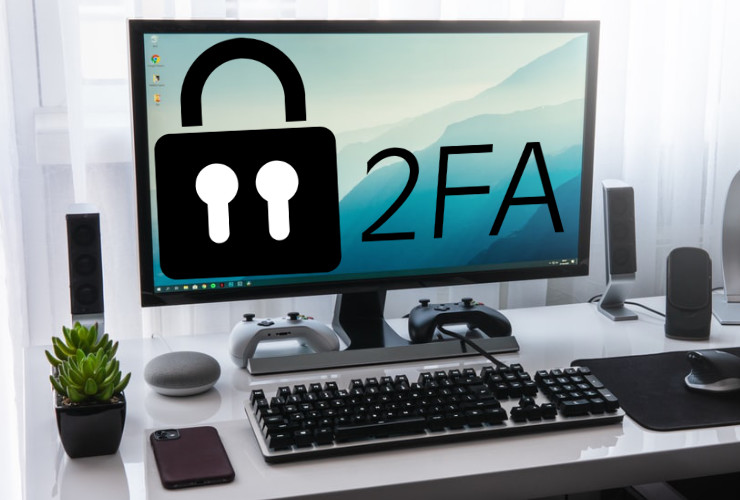
Finally, consider using two-factor authentication (2FA) for additional security.
2FA requires users to provide two different pieces of evidence to prove their identity.
This can be something like a password and a fingerprint, or a password and a one-time code generated by an app on your smartphone.
Two-factor authentication, or 2FA, is an important security measure that can be used to protect your Linux system.
2FA adds an extra layer of protection by requiring two forms of authentication when logging in, such as a password and a security code.
With 2FA enabled, even if someone knows your password, they will not be able to log in to your system unless they also have access to the second form of authentication, such as a security code.
This makes it much more difficult for someone to gain unauthorized access to your system.
There are a few different ways to set up 2FA on a Linux system.
One popular method is to use Google Authenticator.
To set this up, you will first need to install the Google Authenticator app on your smartphone.
Once the app is installed, you will need to enable 2FA for your Linux account.
Next, you will need to set up a secret key, which will be used to generate the security codes.
Once the secret key is set up, you will be able to see a code in the Google Authenticator app whenever you try to log in to your Linux account.
You will need to enter this code in addition to your password in order to log in.
Another popular method for setting up 2FA is to use a hardware token.
Although not really an option when it comes to 3rd party VPS, this can be an option if you run your own local virtual machines & pass the hardware through to the VPS.
This is a physical device that generates security codes.
Many Linux distributions come with support for hardware tokens, so you may not need to install any additional software.
If you are using a hardware token, you will need to add your token to your Linux account.
Once your token is added, you will be able to see a code whenever you try to log in.
You will need to enter this code in addition to your password in order to log in.
There are a few different types of hardware tokens, but the most common are USB tokens.
Some newer tokens, such as the YubiKey 5, can even be plugged into your computer’s USB port.
2FA is a great way to add an extra layer of security to your Linux system.
By using two forms of authentication, you can make it much more difficult for someone to gain unauthorized access to your system.
With these tips in mind, you can be confident that your Linux VPS is secure.

